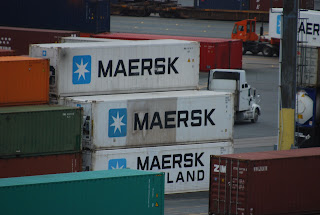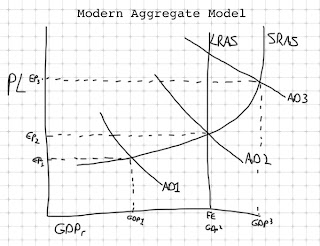Graph both currencies.
Label them as either “appreciating” or “depreciating” in value.
Tell what happens to US Exports after the change.
US $ and the Mexican Peso (M$):
Drug wars in Mexico cause US tourists to stay away from Mexico.
US $ and the Euro (€):
US goes into deep recession, Europe does not.
US $ and the Japanese Yen (¥):
Japanese game companies bring out hugely popular new game systems.
US $ and the Chinese Yuan (C¥ or ):
China decides to reduce sales of rare earth minerals to the US.
(Assume that the Yuan trades on S and D markets.)
US $ and the Canadian Dollar (C$)
After the Calgary Winter Olympic Games, Canada becomes a favorite US tourist destination.
US $ and the Chilean Peso (CLP$):
The two countries sign a trade agreement that dramatically increases the food Chile will export to the US during the winter in the northern hemisphere.
US $ and the Euro (€):
Gasoline prices spike to $10.00 a gallon worldwide and German car companies introduce several models of cars that get 75 miles per gallon in efficiency.
US $ and the Australian Dollar (A$):
After massive flooding in Australia, the US decides to send billions in aid money to Australia.
US $ and the Russian Ruble ( R ):
Russians decide that US cars are extremely fashionable to own.
US $ and the Nigerian Naira ( N ):
The US increases investments in newly discovered oil fields in Nigeria.










































